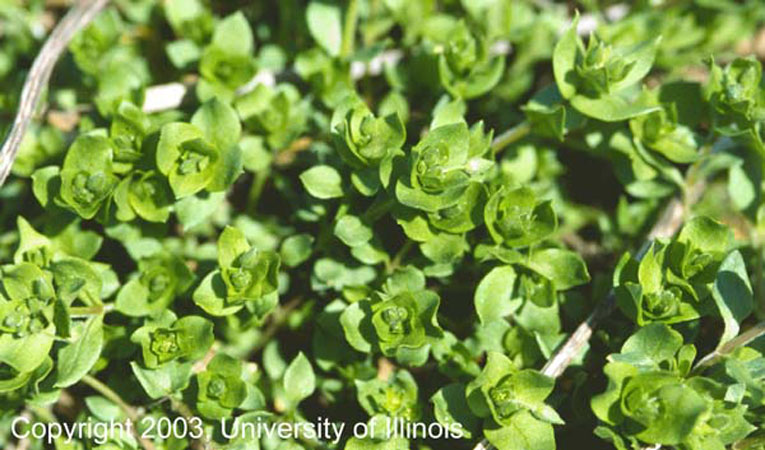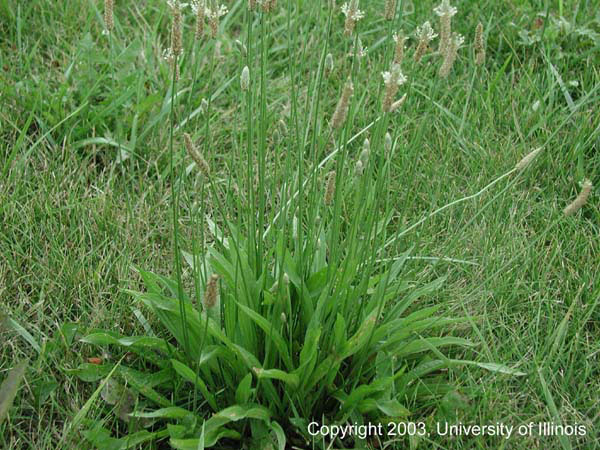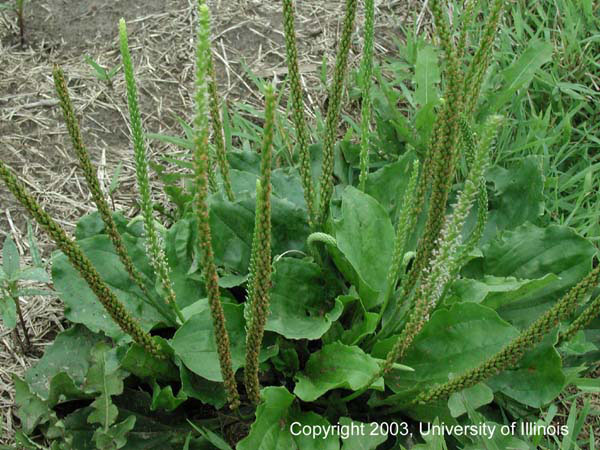...As you view your gardening beds, do you have dreams? ...Dreams of northern Missouri soil here! ...in your backyard?
With time, cover crops will help our mid-central Missouri soil capture qualities of the soil to our north.
What are cover crops?
They are grains, grasses or legumes that will grow during fall, winter and sometimes spring. Through various methods they are utilized to aid in enriching the soil.
What are specific benefits of cover crops?
Cover crops reduce fertilizer needs, improve yields by enhancing soil health, prevent soil erosion, conserve soil moisture, protect water quality, and also, reduce the need for herbicides and other pesticides. During their growth, they help reduce soil compaction and prevent erosion. Their roots penetrate and help loosen heavy-textured soils, allowing better air and water penetration. Certain cover crops add nitrogen to the soil. Others add organic matter to the soil which builds better soil structure and fertility. In summary, cover crops may be an economical way to assist in creating an environment needed to make a healthy, fertile soil.
Which cover crop should I choose?
Cover crop selection should be based on several factors, which may include seeding time-frame, winter-kill potential, life cycle of the cover crop (annual versus perennial), weed-free potential the following year, as well as, ease of establishment of the cover crop. Annual plants such as radishes, winter peas, wheat and cereal rye work well for our area. Radishes and winter peas will usually winter kill but can be difficult to establish in gardens because they should be seeded about 60 days prior to killing frosts when most gardens are still producing. Winter peas can be a good source to create nitrogen in the soil and work well in a mix with wheat or cereal rye; however, for best results, winter peas should be seeded at a deeper soil depth than wheat or cereal rye and can add more time and labor during establishment. Wheat or cereal rye may be a better option because planting seeds can be done after frost.
Should I know my soil's needs?
Yes. Depending on your soil type and pH, you may need to correct deficiencies in plant nutrients or pH extremes. A soil test could indicate these needs and making corrections will enhance the benefits of the cover crop. Some cover crops such as tillage radishes loosen the soil better and can help compaction issues. Cover crops also help "catch" fertilizer from the growing year. This fertilizer is then released when the cover crop is tilled in and can then be available for the next year's vegetable crop.
When do I plant a cover crop?
Cover crops may be planted from about mid-August through mid-November, depending on the cover crop selected. Generally, the crop should be planted early enough to allow several weeks' growth before cold weather slows or stops the growth.
What methods are recommended for planting a cover crop?
After carefully preparing the soil, planting methods depend on the cover crop selected. For example, radishes may be surface applied and covered with a light raking, but peas work better sown at a 3" depth. Cover crops such as cereal rye and wheat may be planted in shallow, closely spaced furrows. If fall vegetable crops are still growing in your garden, planting the crops between the rows is an option. If the soil is dry, it is necessary to irrigate often enough to keep the soil damp and germinate the seeds.
Do I have to care for my cover crop over the winter?
Generally not. Once a cover crop is successfully established the crop will provide for itself and provide benefits and some protections to your soil even during a relatively dormant period such as the winter months.
How should I manage my cover crop in the spring?
As soon as the ground will allow tilling or plowing, the cover crop should be turned under. To allow time for the organic matter to decompose, turn the cover crop under at least 3 weeks before you intend to plant. If the cover crop is too tall to turn under easily, mow it first. Do not allow cover crops to go to seed.
Hickory County Master Gardeners recommend contacting your local University Extension Service for more complete information regarding cover crops and planting in your location. The information given here is intended as an introductory primer to cover crops and the related benefits.
Sources: Brie Menjoulet, MU Extension Specialist, Hickory County; Managing Cover Crops Profitably, second edition. published by Sustainable Agriculture Network of the US Department of Agriculture; and "Cover Crops for Home Gardens" (FS304) published by Oregon State University Extension Service.
Posted 9/24/2013
 Thanksgiving cactus, Schlumbergera truncate, and Christmas cactus, Schlumbergera bridgesti, are November and December flowering houseplants in North America.
Thanksgiving cactus, Schlumbergera truncate, and Christmas cactus, Schlumbergera bridgesti, are November and December flowering houseplants in North America. 















































